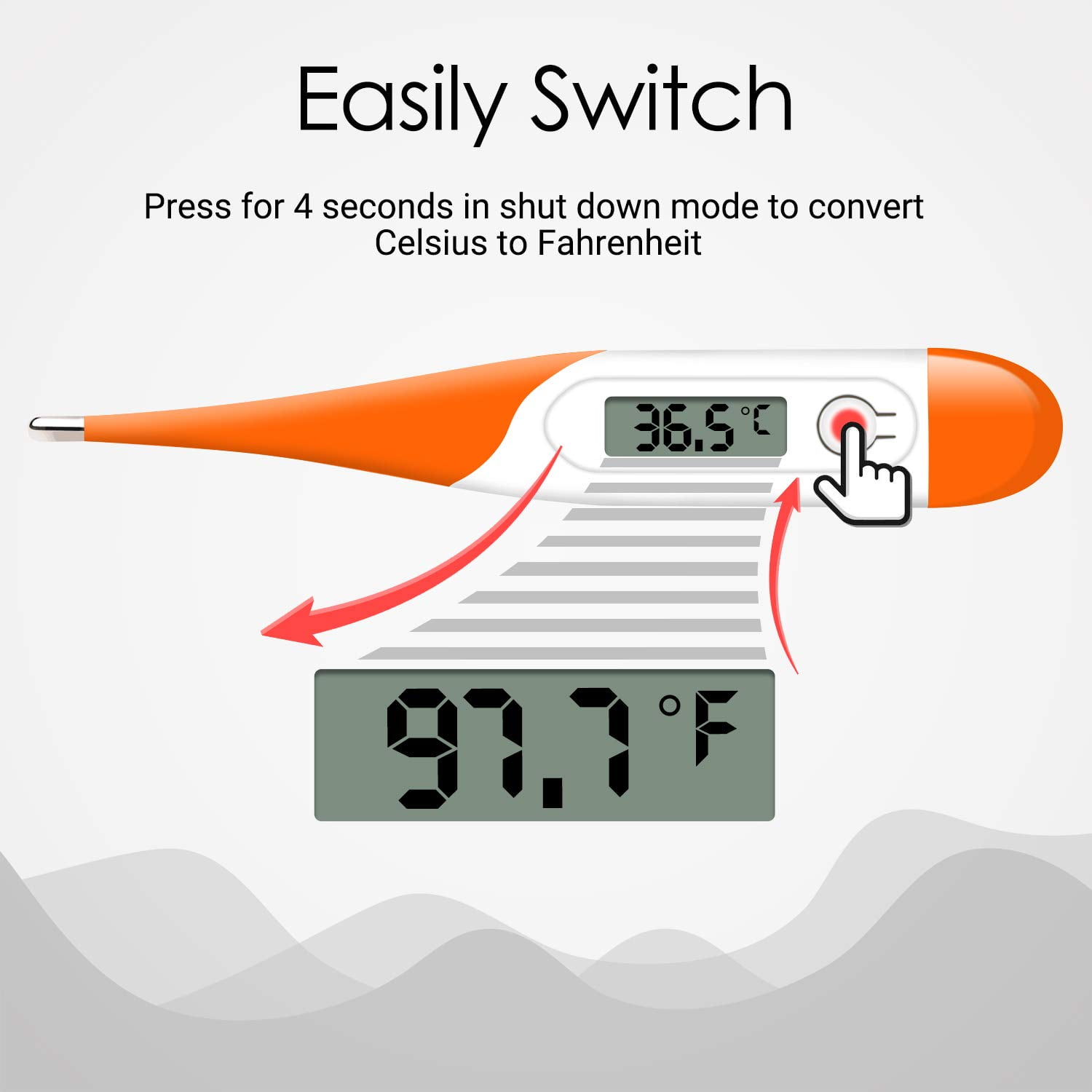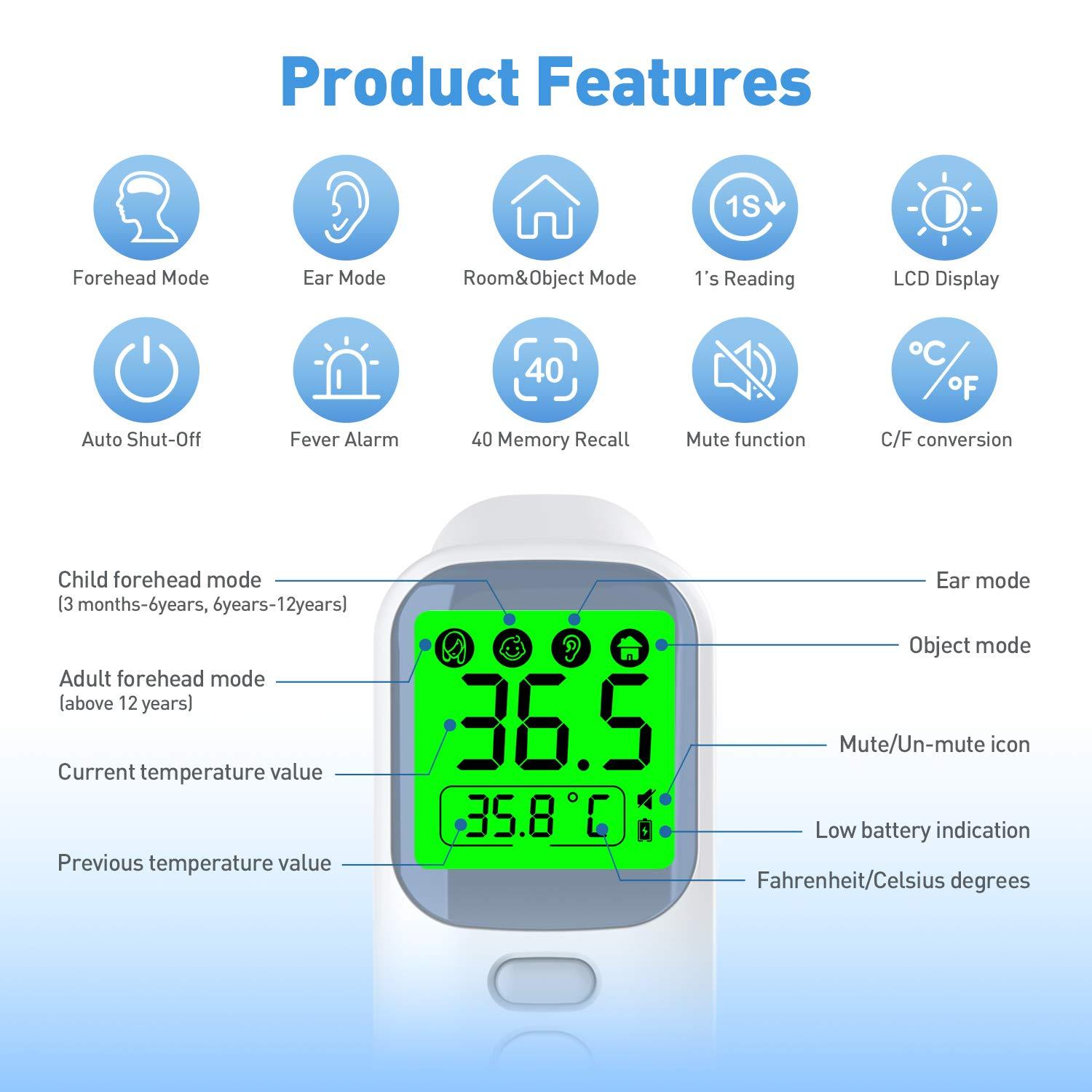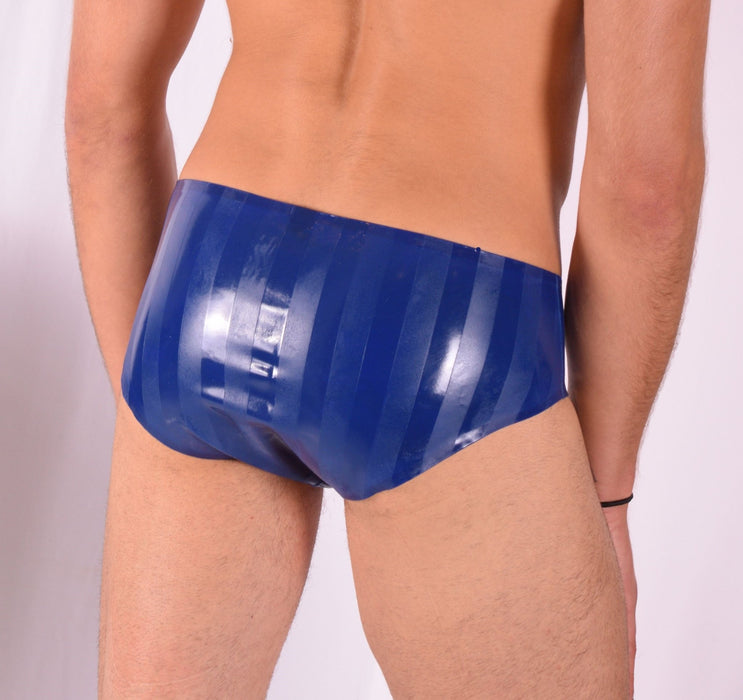Thermal Energy & Heat. What is Temperature? Temperature measure

Temperature Conversions o C to o F: o F = 9/5( o C) + 32 o F to o C: o C = 5/9( o F – 32) o C to K: K = o C K to o C: o C = K – 273
What is Temperature Temperature measure of the average KE of all the particles within an object
o F = 9/5( o C) + 32 o F = 9/5(37 o C) + 32 = = 98.6 o F.
Going from Fahrenheit to Celsius Convert 68 o F to o C o C = 5/9( o F – 32) o C = 5/9(68 – 32) = 5/9(36) = 20 o C
Going from Celsius to Kelvin Convert 100 o C to K K = o C K = = 373 K
Going from Kelvin to Celsius Convert 310 K to o C o C = K – 273 o C = 310 – 273 = 37 o C
Thermal Energy the total energy of the particles in a material KE - movement of particles PE - forces within or between particles due to position depends on temperature, mass, and type of substance
B - same temperature, more mass 200 mL 80ºC A 400 mL 80ºC B.
measured in joules (J) a transfer of energy.
80ºC A 10ºC B Heat flows from A to your hand = hot. Heat flows from your hand to B = cold..
Insulators slow the transfer of heat due to air pockets. Conductors easily allow the transfer of heat, like metals. Heat is transferred by conduction, convection, and radiation..
Occurs best in solids. Heat continues to be transferred until both objects reach the same temperature, called a thermal equilibrium..
The cause of wind and weather..
Transferred in all directions. No contact required. Dark or dull objects absorb more than light or shiny objects do..
of 1 kg of material by 1 degree Kelvin units: J/(kg·K) or J/(g·°C).
50 g Al50 g Cu Al - It has a higher specific heat. Al will also take longer to cool down..
Heat Transfer Q = m T C p Q:heat (J) m:mass (g) T:change in temperature (K or °C) C p :specific heat (J/g·K or J/g.o C) T = T f - T i – Q = heat loss + Q = heat gain
Heat Transfer Calorimeter device used to measure changes in thermal energy Coffee cup Calorimeter in an insulated system, heat gained = heat lost
How much heat is lost by the spoon. GIVEN: m = 32 g T i = 60°C T f = 20°C Q = . C p = 235 J/kg·K WORK: Q = m· T·C p m = 32 g = kg T = 20°C - 60°C = – 40°C T = 293 K – 333 K = -40 K Q = (0.032kg)(-40 K)(235J/kg·K) Q = J (lost heat, negative).
GIVEN: m = 230 g T i = 12°C T f = 90°C Q = . C p = J/g· o C WORK: Q = m· T·C p m = 230 g T = 90°C - 12°C = 78°C Q = (230 g)(78 o C)(4.184 J/g· o C) Q = 75,061 J (gained heat, positive).

PPT - Chapter 14, Sect. 1 “Temperature, Thermal Energy, and Heat” PowerPoint Presentation - ID:3073212
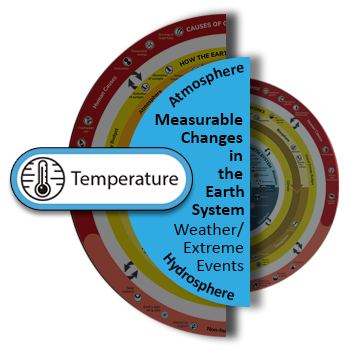
Temperature - Understanding Global Change
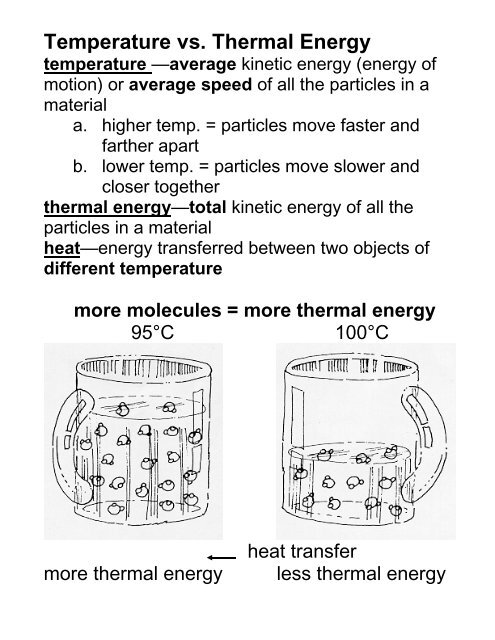
Temperature vs. Thermal Energy
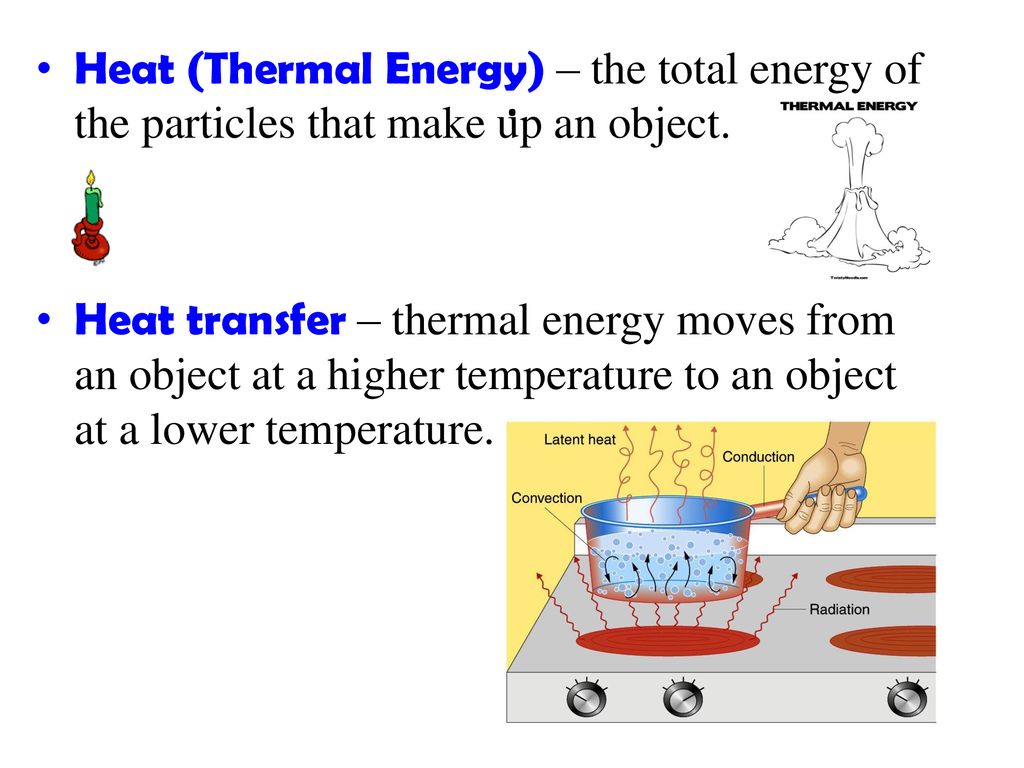
Guided Notes: Heat & Temperature - ppt download

Lab Get ready for the …. Examples of Heat Transfer by Conduction Define Conduction. - ppt download

What's the Difference between Heat and Temperature?

Temperature and Heat: Introduction, Types, Videos and Solved Examples

Measuring Thermal Energy EGEE 102: Energy Conservation and Environmental Protection

Understand how changes in thermal energy affect particle motion, temperature, and state change - Middle School Physical Science

TEMPERATURE Measure of kinetic energy of molecules Thermometer - ppt download

Thermal Energy A Beginner's Guide
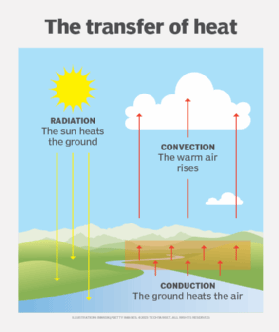
What is heat? Definition from TechTarget

Temperature, Thermal Energy, and Heat - district87.org
